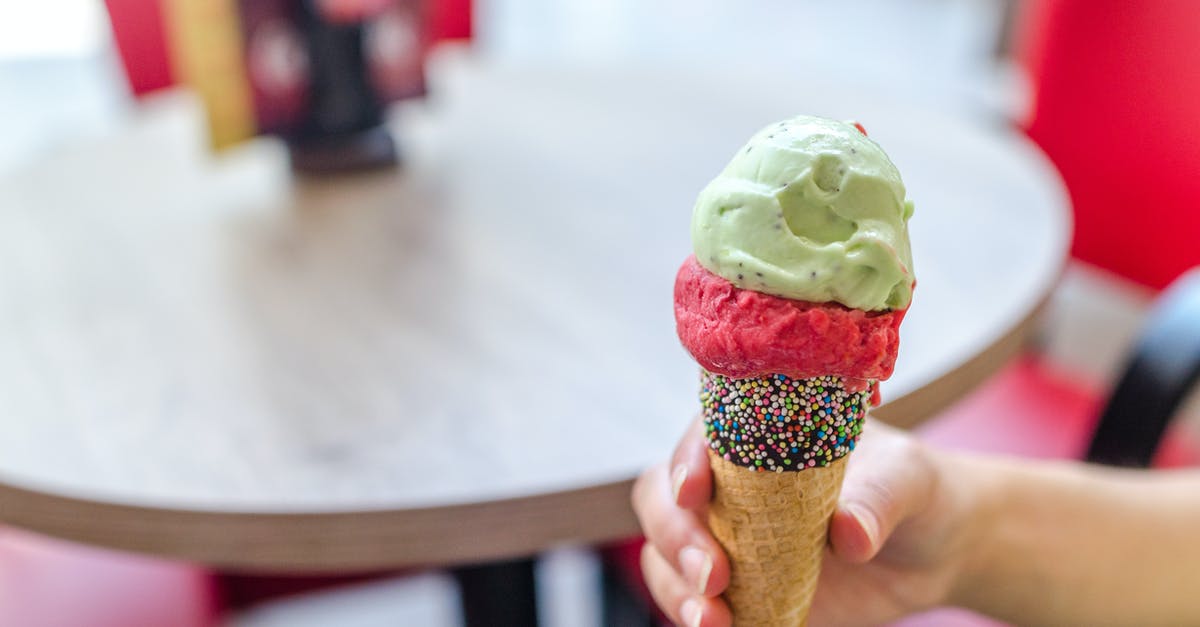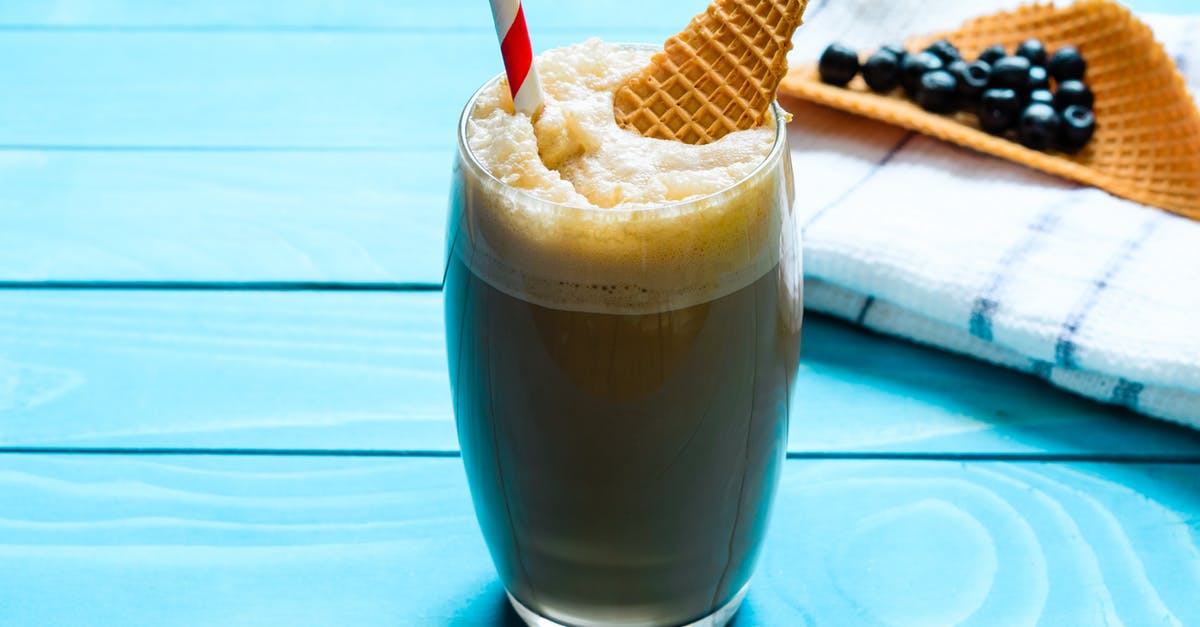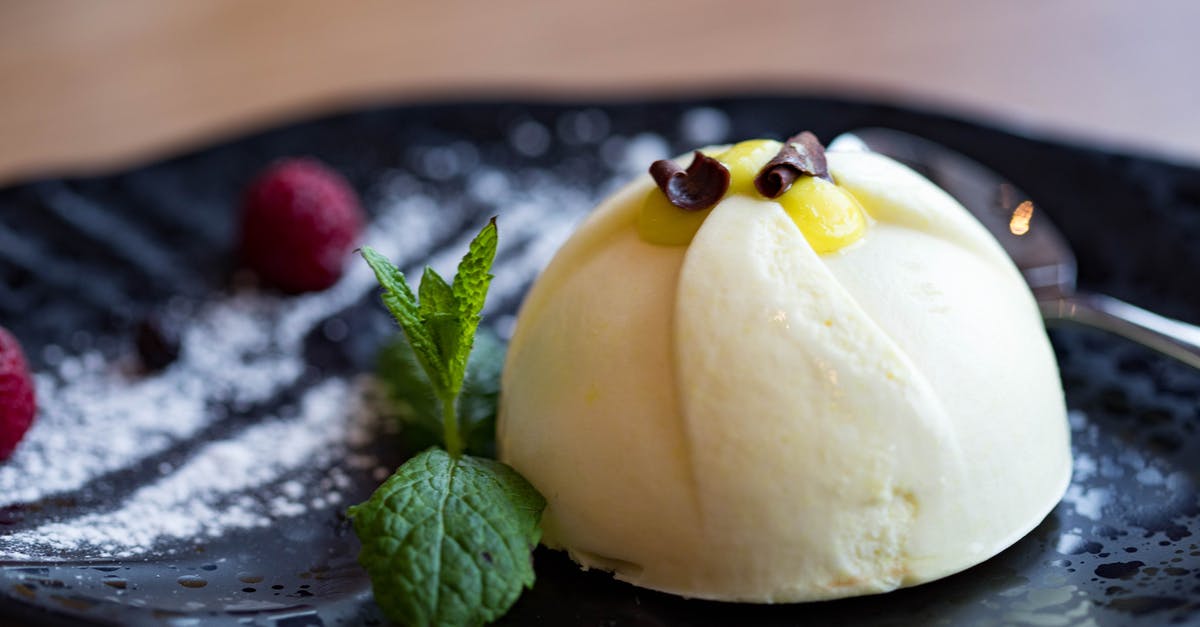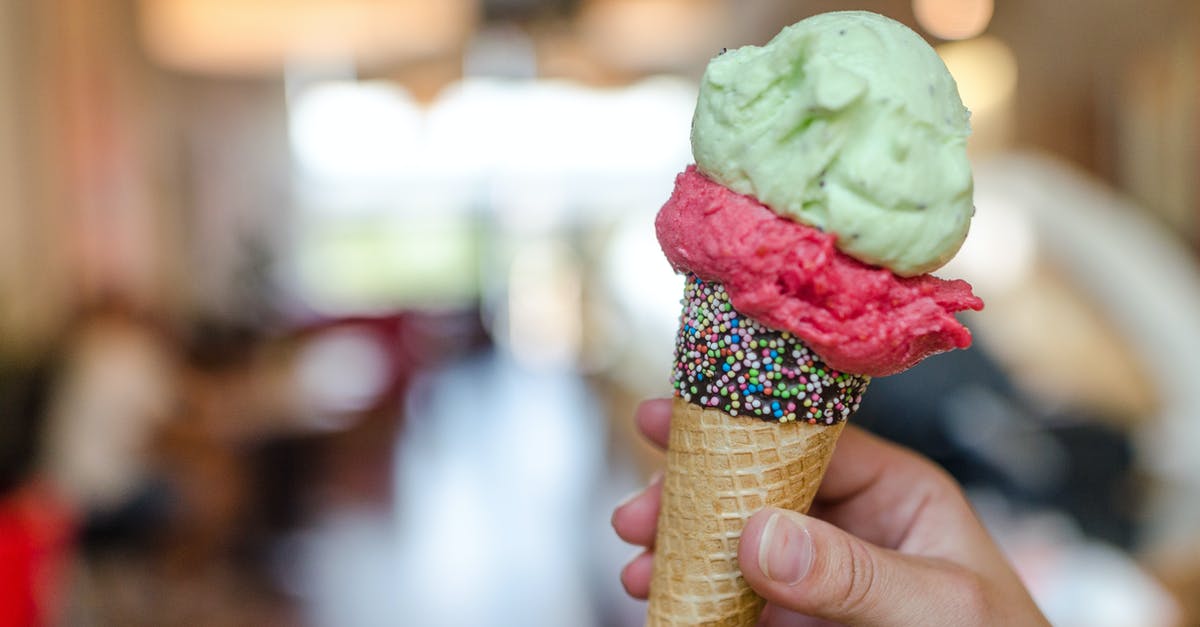Non-dairy ice cream

I love ice cream. I been trying for the past 2 years to come up with a good non-dairy ice cream because the one I liked is no longer available. I have many allergies so it's very hard to find things I can eat.
I thought this would be easy but I'm finding it's hard when you are working with artificial filler--locust bean gum, guar gum, xantham gum, tapioca starch, etc. During this process I have made some bad tasting ice cream and learn that heating these fillers changes how they interact with each other. I know when you heat tapioca it thicken things. But, I am not sure how tapioca would taste by itself with no other fillers?
I have done internet searches and looked at non-dairy ice cream recipe books. Nothing have told me how to use these artificial filler successfully. These recipes use coconut, banana or some other thing I cannot have.
I thought maybe a food chemist or a food scientist could help me to understand these artificial fillers and how heat affect there interactions with the other ingredient. Also, which ones would work better together and the proportions of each.
Which are the best fillers for ice cream & in what proportions?
EDIT:I'm allergic to so much it would fill up a paragraph. I have found recipes using bananas, dates, coconut, but I can't eat these. I need to use the thickeners and emulsifiers.
I'm making the ice cream out of almond milk, using agave as a sweetener, adding 1 T. of tapioca, some vanilla and salt, gaur gum and xanthan gum. The last time I made the ice cream, I boiled the tapioca with the almond milk and agave and let it cool. Then I blended the mixture and added gaur gum and xanthan gum. It was so bad I had to throw it out.
I know you can make good ice cream with these ingredients because I was able to purchase it--Heaven sent--before it went out of business.
Best Answer
The artificial thickeners cannot make the bulk of your ice cream. They are only there to give smooth consistency and reduce ice crystal formation in a combination of ingredients which wouldn't mix well otherwise.
The first thing which strikes me is that your recipe has no fat in it, except the little bit from the almond milk. This is a problem. Maybe a food chemist with access to industrial equipment can create a recipe which mimics a normal ice cream only with the ingredients you listed, but it would be exceedingly difficult for a home cook to get to the right proportions and process, and even then, it will be very finicky working with the stuff. Also, I haven't eaten the brand you describe, but knowing all the low fat ice creams I've had, the result is never as good as the real thing. So the first step would be to add fat. The type is not so important, although some will taste better than others. As you can have almond milk, maybe almond oil will be a good fat to use.
Then calculate the proportions of the ice cream body. McGee gives the ratio for good ice creams at 15% sugar, 10 to 20% fat (says that 17% fat are required for smooth freezing in a home ice cream maker), and 60% water. I suppose that the missing ingredients (to sum these figures to 100%) are solids which are neither fat nor sugar, regular ice cream gets them from the egg, dairy and fruit (or other taste carrying ingredients). He doesn't mention starch, I have never made a specifically starch-based ice cream, but have had good results when the starch just comes into the ice cream from ingredients added for flavor, such as pumpkin, chocolate or peas.
So, for 1 liter ice cream base, you want something like 170 g agave syrup (it is not 100% sugar, but a bit less). 150 g almond oil (or another oil) is probably a good place to start for the fat, the almond milk will contribute a little bit more to get to the those 17%, and besides using emulsifiers smooths the ice cream too. Around 2% starch should be sufficient, if you want to use it at all, that is 20 g tapioca. Add 660 g almond milk and you are up to 1000 ml.
I wouldn't use both guar and xanthan gum. They have a good synergy, which is used for making firm jellies, but an ice cream base should be soft. I would use only one or the other, in a concentration of a little below 1%, so something like 8 g would be my first guess. Just add it on top of the 1000 g above, the ratio of fat, solids and water I cited is not so sensitive as to be thrown off by the small addition.
I would start by cooking up the tapioca in the almond milk like regular starch based pudding. When it is ready and cooled off a bit, I'd add the agave, any aroma extracts you want to use and a pinch of salt. Then carefully add the xanthan while mixing with a blender or an immersion blender (they are better than mixers at emulsification). Once the xanthan has been blended in, add the fat, it will emulsify instead of floating on top. If you are using solid fat (coconut oil, shortening), you should probably melt it first.
Leave the prepared base in an ice water bath for a few hours, or overnight in the fridge, for the gum to bind. Then put through the ice cream maker.
I haven't tried the above, and don't know how much of tweaking it will need to become tasty. My knowledge just tells me that it should be close enough to a good recipe to use as a starting point.
The above is for vanilla ice cream, or to use some other extract in small amounts as the flavoring. I would only start experimenting with other tastes when the base recipe has been brought to a stable version. Then it is important to notice that they will bring in more sugar, water and other solids, and adjust the ratio accordingly.
Pictures about "Non-dairy ice cream"



Quick Answer about "Non-dairy ice cream"
- Van Leeuwen Vegan Chocolate Fudge Brownie. ...
- Ben & Jerry's Non-Dairy Phish Food. ...
- Magnum Ice-Cream Bar Sea-Salt Caramel (3-Count) ...
- Oatly Chocolate Nondairy Frozen Dessert. ...
- Planet Oat Non-Dairy Frozen Dessert in Blueberry Oat Crumble. ...
- So Delicious Dairy Free Chocolate Coconutmilk Non Dairy Frozen Dessert.
What ice cream is made without dairy?
Coconut Bliss has some of the best coconut-based dairy-free ice cream you can find in the freezer section. Made with coconut milk, Coconut Bliss sweetens their ice cream using agave syrup. Each pint of Coconut Bliss is organic, gluten-free, non-GMO, and vegan.What is the healthiest non-dairy ice cream?
Here's how five popular vegan ice cream brands rank (from least to most healthy), according to nutritionists and health experts.- 01 of 05. Ben & Jerry's Non-Dairy Ice Cream. ...
- 02 of 05. Oatly Vegan Ice Cream. ...
- 03 of 05. Halo Top Dairy-Free Ice Cream. ...
- 04 of 05. Coconut Bliss Vegan Ice Cream. ...
- 05 of 05. Van Leeuwen Ice Cream.
Is Haagen Dazs dairy-free?
According to a Haagen Dazs representative, you can order your non-dairy scoop in a cup or a cone, because all of the Haagen-Dazs cones are dairy free.Dairy-Free Ice-Cream Recipe (No Ice-cream Machine Required)
More answers regarding non-dairy ice cream
Answer 2
Have you tried Swedish Glace? It is an Ice-Cream I use. I am lactose intolerant. Only Ice cream I have ever had. According to friends who've tasted it, it tastes like the top-range of 'normal' ice cream. I love it, it has several flavors: Vanilla, Chocolate, Strawberry and perhaps flavors I cannot remember.
I am in the UK, where it is sold in many supermarkets. I do not know if it sells in other nations [if you're from another nation].
Answer 3
First off, locust bean gum, guar gum, and tapioca starch are all natural thickeners. Xanthan gum is debatably artificial, but that's beside the point. All of the gums are normally used in very tiny amounts, like-1%-of-a-recipe tiny amounts. You'll also have the best luck getting them to blend if you blend them into your dry ingredients first.
Since those are all mainly used to minimize ice crystal formation in ice cream, not to thicken it, you'll have better luck if you just start with a thicker base. You could achieve this by using a more neutral, bulkier thickener in your almond milk, like cooking oats in it and then pureeing. You could also use something like cashew cream or coconut milk, which would be thicker on it's own.
Any ice cream base that is mostly water (like almond milk) is going to be very icy. The sugar (agave) that you're adding will help make the texture more fine, but it will still be more like a ... almond sorbet? You really want to get more fat in there somehow, be it by just adding a fat like coconut oil, or using a fattier base, like the creams mentioned above.
Sources: Stack Exchange - This article follows the attribution requirements of Stack Exchange and is licensed under CC BY-SA 3.0.
Images: Lukas, Alexander Mils, Valeria Boltneva, Lukas
